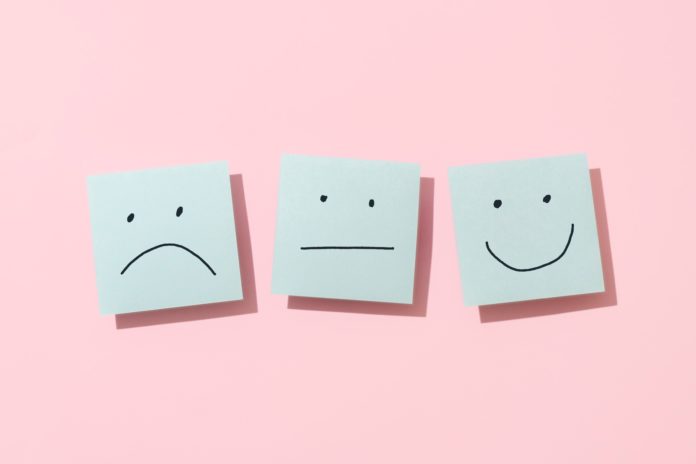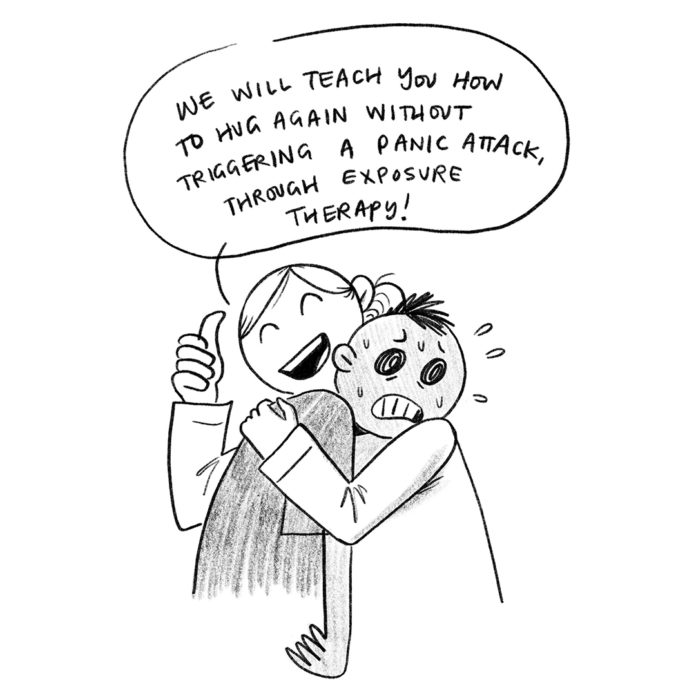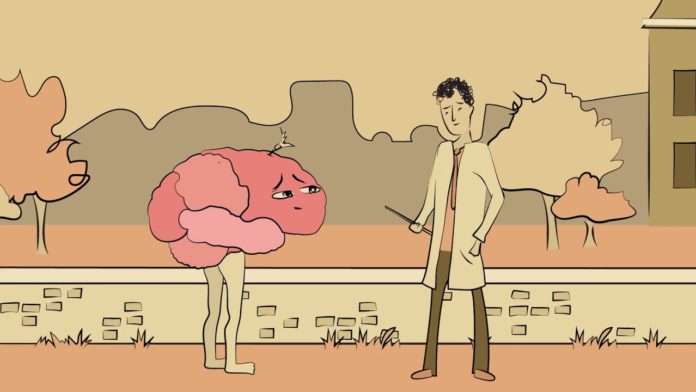When I’m in a bad mood, people always tell me I have to let it go. How do I do that?
Answer:
Elsa in the film Frozen is probably the only person who has ever benefitted from that empty phrase. Apologies to Disney, but telling someone to “let it go” is counter-productive for three reasons:
-
It implies that it’s possible to snap your fingers or wiggle your nose and move past whatever is bothering you.
-
It assumes that all negative emotions are problematic.
-
It can make a bad mood even worse.
Instead of trying to “let it go,” when you find yourself in a bad mood, try to pinpoint exactly what is bothering you and describe your feelings as precisely as you can. Are you frustrated? Disheartened? Despondent? Exasperated? Instead of resigning yourself to a generalized negative mood for the next few hours, put a label on your emotions. Break out a thesaurus if necessary.
People who are able to differentiate their negative emotions are better at regulating and managing them, according to science. Rather than being consumed by a general feeling of malaise, differentiators are more action oriented. Knowing what is wrong empowers them to seek a solution and tailor a response to the situation. For example, recognizing that you felt flustered after a disagreement with a colleague might prompt you to speak to the manager or go for a walk outside. Feeling “bad” doesn’t provide you with the same kind of useful information. It just hovers over you like a cloud. And because it is so vague, it can easily spill into other aspects of your life and be the reason you snap at your partner later that day.
People who struggle with emotion differentiation are more likely to feel overwhelmed and helpless. They may also be more vulnerable to unhealthy or unfocused responses like binge drinking or physical aggression. Distressing feelings are more likely to dominate their attention and dictate how they behave.
The good news is that emotional differentiation is a skill that can be learned and deployed on a daily basis.
By expanding your emotional vocabulary, you are giving yourself the tools to label and understand an array of nuanced emotional states. Not only will your bad moods feel less potent, you will be better equipped to handle negativity when it arises. Plus, “Let it go,” will be a phrase you are only subjected to in a movie.
I wish you all the best,
Dr. Samantha Boardman










